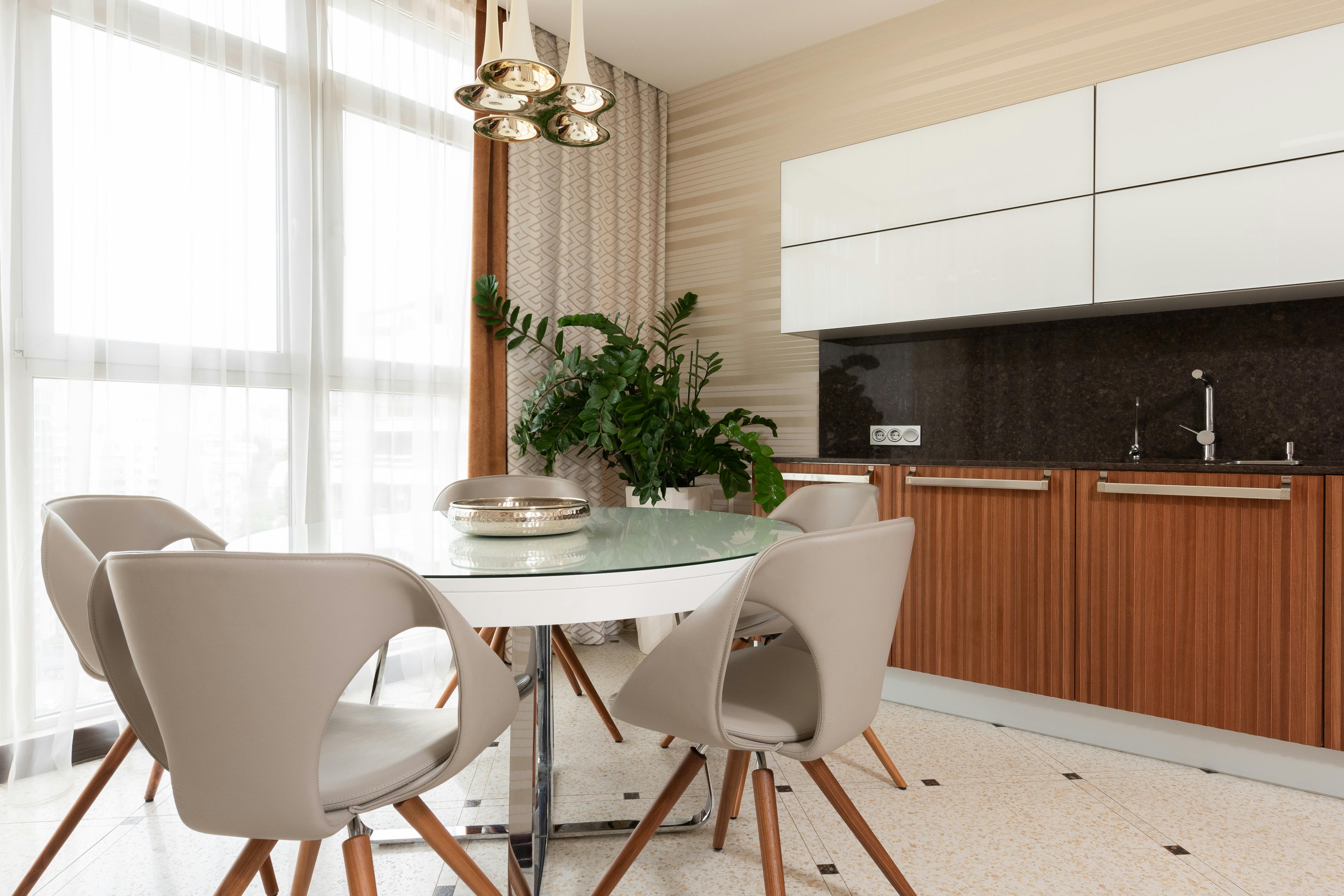
Home Improvement: Renovation Tips You Can Use To Improve Your Existing Home
Prioritizing your choices
The “Your Home” project should try to improve the quality of life of the residents and reduce the general environmental impact. Cost is often the primary consideration when selecting what to include and what to omit. Creating the perfect sustainable home will be out of reach for most budgets, but what does that mean anyway? This sums it up: “Sustainable development is development that meets the needs of the future without compromising the ability of future generations to meet their own needs” (WCED, Brundtland Report 1987).
Planning for a renovation includes prioritizing the things you want to accomplish, such as more space, a better kitchen or bathroom, more sunlight, less energy and water use, etc. Search the Internet for information on suitable materials, types of glass, well-designed lighting, and energy-saving appliances.
The following important considerations are helpful when making decisions about designing, buying, building, or renovating a home.
Sustainable and Energy Efficient Homes
These are rapidly increasing in value due to their higher comfort levels and lower running costs. Your house will have a useful life of at least 50 years and its resale value will be increasingly linked to these characteristics. Sustainable housing includes technologies that cover a wide range of topics, including rainwater storage, solar power, composting, renewable building materials, efficient appliances. Entire housing estates are now being built in Australia as sustainable housing.
Reduction of energy consumption
This is an urgent priority. Global warming and its effects on climate change are already becoming apparent, which will invariably lead to higher prices for energy from non-renewable sources. Look for appliances with high star ratings that will not only save on your out-of-pocket costs, but also help save our planet. Little things like monitoring your gas and electric bills for unexpected spikes and then figuring out how you can further reduce your usage; Insulate hot water pipes; Set thermostat to 60-65°C for hot water storage systems and 50°C for instantaneous systems; Turn off hot water systems when on vacation; Put a timer on the electrical booster of solar water heaters and electrical energy storage systems to avoid heating water when it is not needed; turn off appliances at the wall (you’ll be amazed at how much energy you can save, not to mention the reduced risk of fire).
The consumption of water
Water is scarce all over the world. The growing demand for household water competes with the needs of agriculture, both of which reduce the environmental flow needed to keep our rivers and waterways healthy. The application of these ways of using water sustainably will depend on whether you live in the countryside or in cities, in the tropics or in temperate zones. Take a look at these suggestions and decide what can improve your quality of life and reduce your impact on the environment. Install AAA-rated showerheads and water-saving dual-flush toilet cisterns; Reduce the demand for water; Rainwater collection; On-site wastewater reuse; waterless toilets; stormwater management; outdoor water use; Repair the dripping faucets.
Passive Cooling
Air movement is the most important element of passive cooling and is produced by fans. They increase cooling by increasing evaporation rates. Hot, humid (tropical) climates limit the body’s ability to lose heat through evaporation of perspiration. Sleeping comfort is a major issue. Design eaves and shading to permanently exclude solar access to rooms; Maximize external shaded areas with trees and plants; this will also reduce the soil temperature.
Use energy-efficient ceiling fans and whole-house natural cooling fans to draw in cooler air from outside and when there’s no breeze. Keep in mind that whole house natural cooling fans also remove odors and toxins from your home and reduce the need for refrigerated air conditioning. Choose windows with maximum opening areas, for example, shutters or shutters; avoid fixed glass areas.
Hot, dry areas require the introduction of water into the atmosphere. Evaporative cooling is an effective passive cooling method and works best when relative humidity is lower (70 percent or less during hotter periods) and the air has a higher capacity to absorb water vapor. Design solutions include the use of pools, ponds, and water features immediately outside windows or on patios to pre-cool incoming air. Carefully placed water sources can create convective breezes. Other cooling tips in tropical areas can also be applied to hot and dry areas.
Passive heating (solar)
In cold climates, establish where the sun moves during the summer and winter and design your windows to let in the sun’s heat while insulating against the cold. In warm and temperate climates they admit light but reject heat. Open floor plans allow more sun inside. The sun’s heat is stored in the thermal mass of your building (concrete, masonry, stone slabs) and slowly released. Proper orientation of the building will allow solar heat to enter the house in the winter, while letting in as little sun as possible during the summer. Shades and overhangs also reduce excessive summer heat while allowing in winter sun. In passive solar designs, the optimal ratio of window to wall area is 25 to 35 percent.
I hope this information has helped you make important decisions in your most important projects.